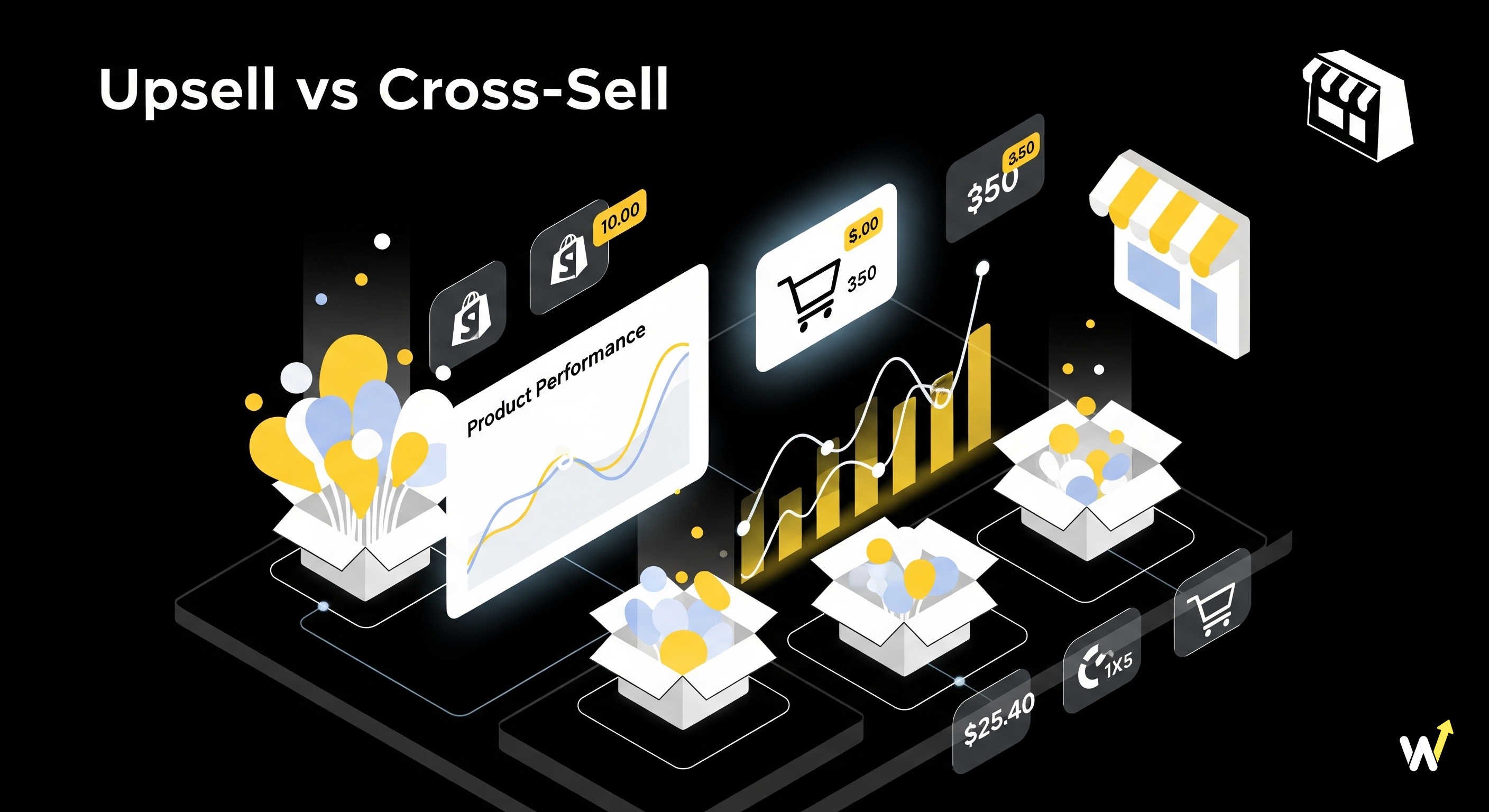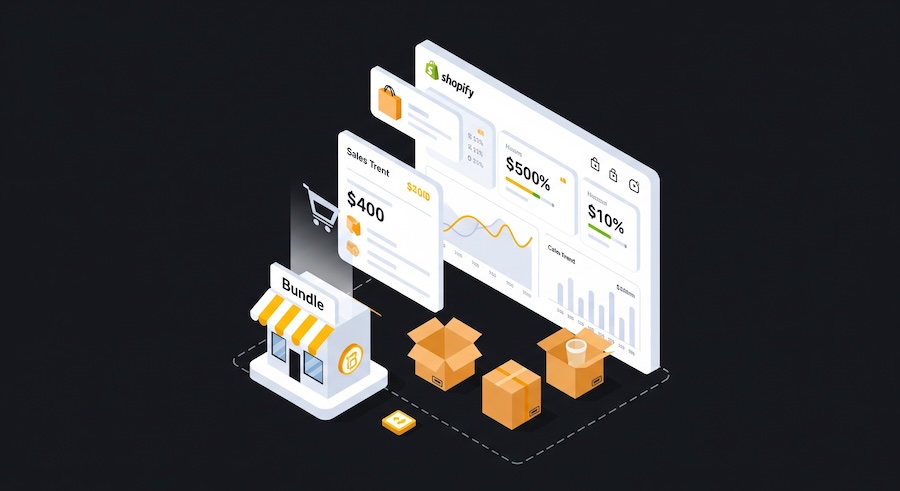In any business, finding ways to increase revenue without constantly chasing new customers is a smart move. Two of the most effective methods for doing this are upselling and cross-selling.
Both strategies work by helping customers get more value from your business, but they work in different ways. The problem is that many people confuse them or use them in the wrong situations — which can lead to missed opportunities or even frustrate customers.
This guide will make the difference crystal clear, share simple examples, and give you easy-to-follow tips so you can start using both strategies the right way.
Upsell vs Cross Sell
Upselling and cross-selling are two smart ways businesses can increase sales while giving customers more value. While they often get confused, they’re actually quite different.
What is Upselling?
Upselling is when you encourage a customer to buy a better, more expensive, or upgraded version of the product or service they already want. The goal isn’t just to sell something more expensive — it’s to give them more value, better features, or an improved experience.
Simple Examples of Upselling:
-
A fast-food cashier asks, “Would you like to make it a large meal for just $1 more?”
-
A camera shop suggests the newer model with better image quality and extra features.
-
A streaming service recommends the premium plan with more channels and no ads.
Why It Works:
Upselling works because the customer is already interested in buying. They are in “yes” mode, so offering a slightly better option often feels like a natural choice — especially if the extra cost is reasonable compared to the added value.




